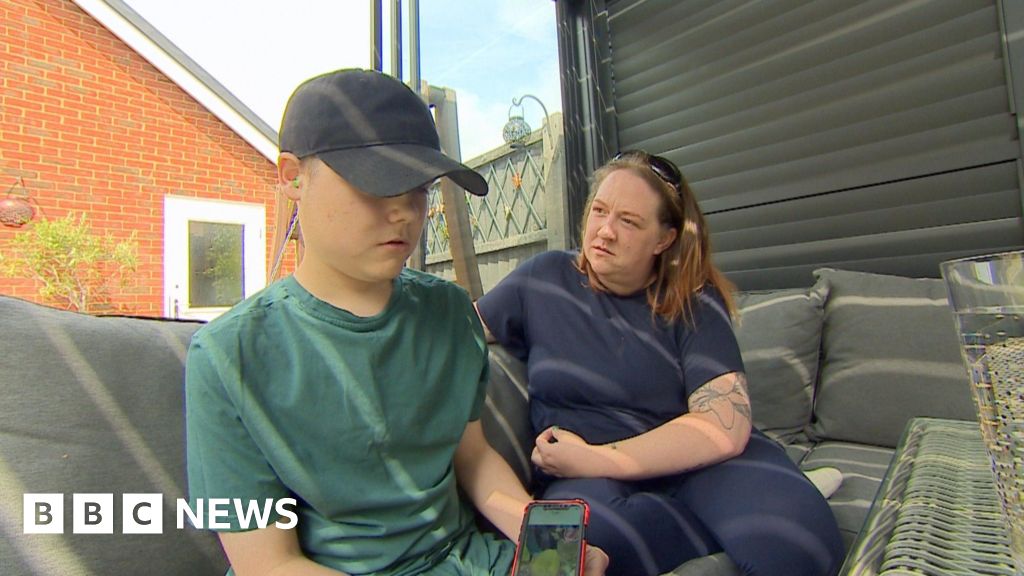Ditch the Plastic! A Public Health Expert's Guide to Safer Kitchen Swaps in Singapore
:max_bytes(150000):strip_icc()/faw-tk-plastic-tools-id-never-buy-tout-b424069337c04ffda6c86da14776f6c9.jpg)
Is Your Kitchen Plastic-Free? A Public Health Expert's Essential Guide
We're surrounded by plastic. It's convenient, it's cheap, but is it safe? As a public health expert, I'm increasingly concerned about the potential health impacts of plastics leaching into our food and water. In Singapore, where we value health and well-being, making conscious choices about the materials we use in our daily lives is more important than ever.
This isn't about a complete overnight overhaul; it's about making smart, gradual swaps. Today, I'm sharing five common plastic kitchen tools I personally avoid and the safer, healthier alternatives I recommend. Let's create a kitchen that's not only functional but also supports your long-term health.
1. Plastic Cutting Boards: Upgrade to Wood or Bamboo
Plastic cutting boards, especially those made from cheaper materials, can harbour bacteria even with diligent cleaning. They also tend to scratch easily, creating more crevices for germs to hide. My preference? Solid wood or bamboo cutting boards. They're naturally antimicrobial, self-healing (scratches tend to close up), and more durable. Look for boards treated with food-safe mineral oil to maintain their integrity.
2. Plastic Spatulas & Utensils: Embrace Silicone or Wood
High-heat cooking can cause plastic spatulas and utensils to break down and release chemicals. Silicone spatulas, particularly those made from heat-resistant silicone (check the temperature rating!), are a fantastic alternative. Wooden utensils are also a classic choice, offering a beautiful aesthetic and a gentle touch on cookware. Just remember to handwash wood to prevent cracking.
3. Plastic Food Storage Containers: Glass is Your Best Friend
Plastic containers are notorious for leaching chemicals, especially when heated or exposed to acidic foods. Glass storage containers are completely inert – they won't react with your food and are easy to clean. They're also incredibly durable and can withstand temperature changes, making them perfect for the freezer and oven.
4. Plastic Wrap: Beeswax Wraps & Reusable Silicone Lids
Plastic wrap is a single-use nightmare. Thankfully, there are eco-friendly alternatives! Beeswax wraps are a fantastic option for wrapping fruits, vegetables, and cheese. They’re reusable and biodegradable. For covering bowls and dishes, reusable silicone lids are a durable and convenient choice.
5. Plastic Cookware: Opt for Ceramic or Stainless Steel
Non-stick plastic coatings on cookware can flake off into your food. Switching to ceramic or stainless steel cookware is a worthwhile investment for your health. Ceramic cookware offers a non-stick surface without the harmful chemicals, while stainless steel is incredibly durable and easy to clean. Just remember to use appropriate heat settings to prevent food from sticking.
Making the Switch: Small Changes, Big Impact
Transitioning to a plastic-free kitchen doesn’t have to be overwhelming. Start with one or two swaps and gradually replace more items as needed. It’s about making conscious choices that prioritize your health and the environment. In Singapore, where we're increasingly aware of sustainability, this is a step we can all take towards a healthier future.
Disclaimer: This information is for general knowledge and informational purposes only, and does not constitute medical advice. It is essential to consult with a qualified healthcare professional for any health concerns or before making any decisions related to your health or treatment.






